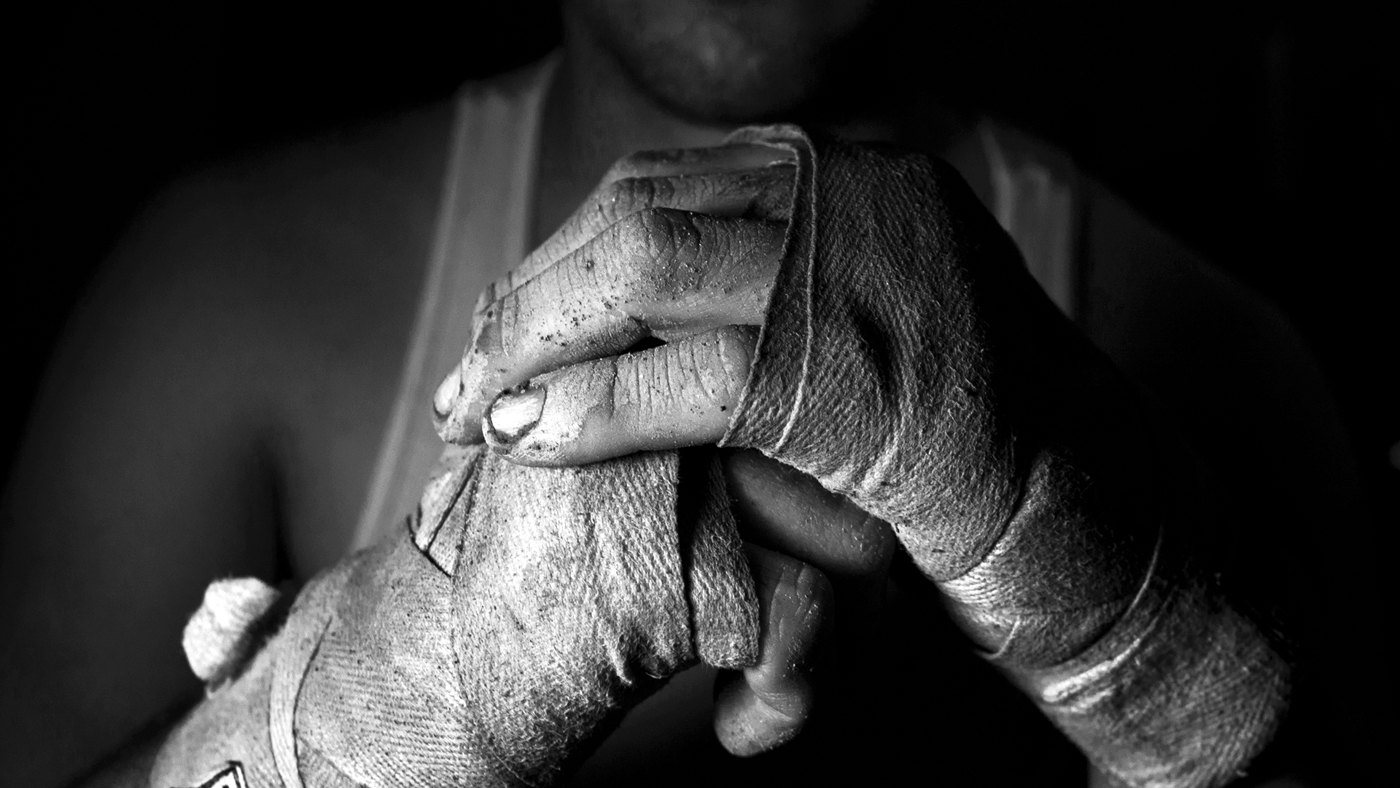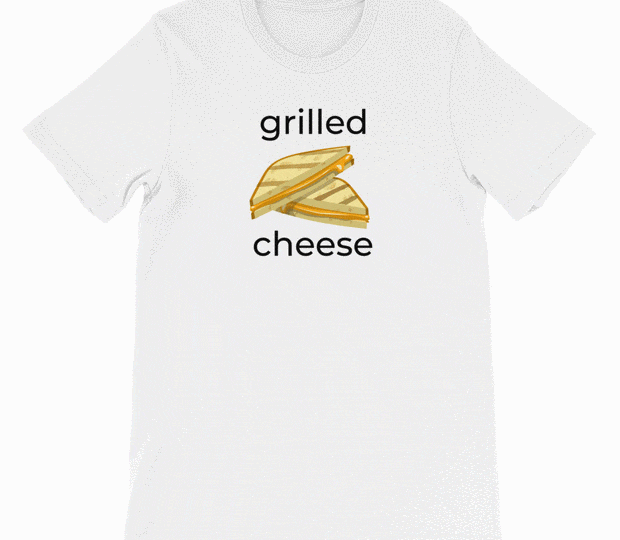Over the years, I’ve been asked by several people to explain my enjoyment of mixed martial arts. “How could I possibly like watching that stuff knowing full well that people are legitimately getting hurt, maimed and mutilated?” they pose.
Of course, firing back at them why they are into exceedingly violent TV shows like Game of Thrones and gore-soaked multimedia like Call of Duty does no good. After all, they are into fictionalized violence, a much more humane and civilized form of titillation, they are oh-so-quick to tell me.
So why do I enjoy the inherently violent world of MMA? Does watching all of the spilled blood and broken bones and periodic hematomas really give me some sort of grotesque thrill? Does the UFC cater to some sort of hidden, antisocial urge in my subconscious, a part of my mind that secretly wants to indiscriminately shatter skulls and detach the ligaments of my fellow man?
If that truly is the case, the detractors really can’t fault me. After all, I’m just following an evolutionary trait dating back to the Pleistocene era.
As much as we want to deny it, violence is very much an essential part of the human condition. For as long as homo has been erectus, the species has had a proclivity for wanton bipedal mammal on bipedal mammal mayhem. Paleolithic-era cave art depicts murals of stick figures beating the crap out of each other and mass graves in Kenya reveal what archaeologists believe to be causalities from hunter-gatherer battles waged 10,000 years ago. Top researchers agree that the desire to cause egregious bodily harm to others is an immutable part of our genetic inheritance, with anthropologists asserting that our hominid ancestors from two million years ago almost certainly displayed the exact same kind of violent, territorial behavior human beings have been exhibiting for millennia.
So basically, we are genetically hardwired to be – to at least some degree – violent creatures. There are even some researchers out there who claim human beings today owe their hyper-advanced brains to the collaboratively violent ways of our primate kin.
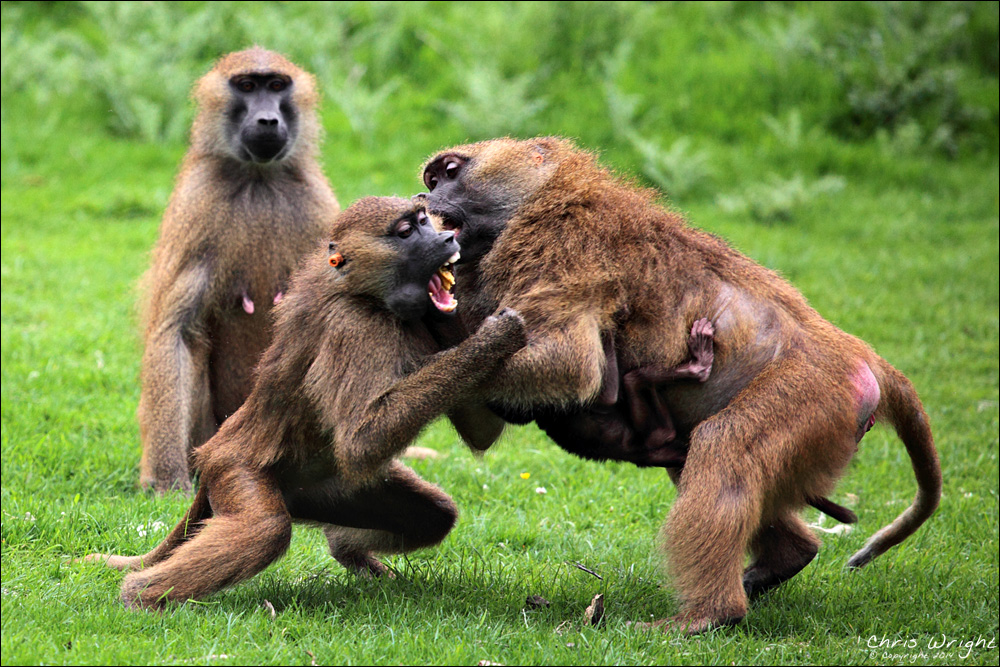
Throughout the history of man, physically aggressive behavior has often been justified in the name of self-preservation and national defense. Other times, it has led to completely pointless bloodletting, carnage and mayhem. While much of the violence perpetrated by humanity can be described as utterly needless, it’s nonetheless a gigantic mistake to say violence is never warranted, honorable or the morally correct thing to do.
In fact, in a lot of scenarios, it is the only viable solution on the table. To quote my dearly departed grandpa – who at the ripe age of 18, was tailing “The Beast of Bataan” through the jungles of the Philippines – “some folks will never understand human dignity, but by god, they’ll understand a boot up their ass.”
The “non-aggression principle” and “creative peacebuilding” are swell ideas and all, but let’s face it, such abstractions don’t appeal to our reptilian brains at all. In fact, at the very core of our brain – if you are ever on Jeopardy!, it’s called the “basal ganglia” – no ideologies register whatsoever. While our neocortexes grapple with the big existential questions of modernity, the basal ganglia is concerned with one thing, and one thing only: not dying.
The reptile brain doesn’t have the time nor the patience to dwell upon the Cartesian crisis of self. It doesn’t know how all of the jumble of molecules and cells representing its human host came to be, and it doesn’t care in the slightest. All it knows is that it – for the time being – is alive, and it is willing to do whatever it takes to keep it that way. The other parts of the brain can grapple with the moral issues later – when in dangerous situations, it’s the voice in our skull screaming “pick up the biggest rock you can find and start pounding” like the roaring wail of a turboprop jet.
There is hardly anything rational about this, the deepest, darkest part of our mind. There is certainly nothing altruistic about it, either. But it is there, regardless, and to discount its importance is to blatantly disregard the very thing that makes us most human of all.
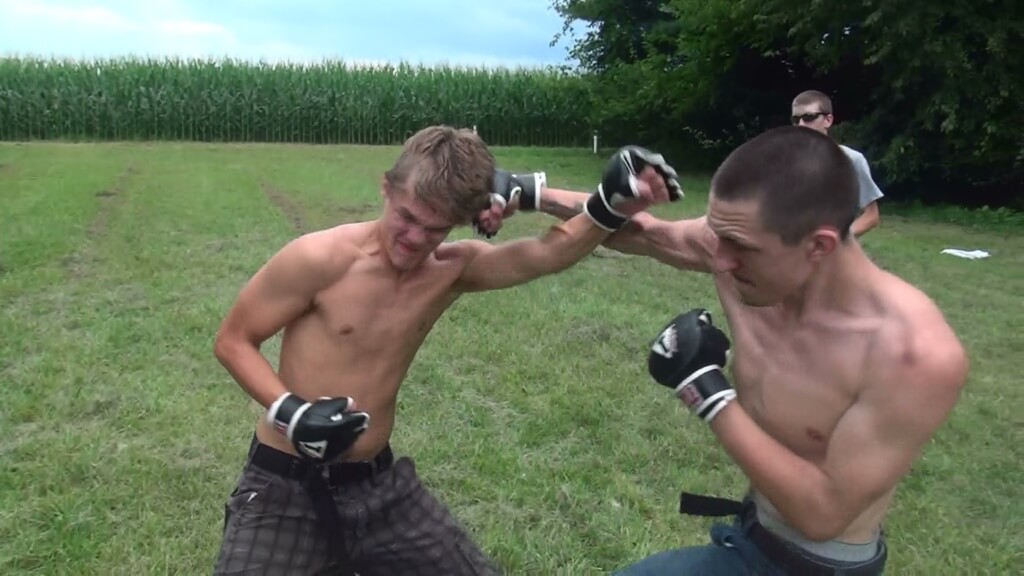
All violence is, fundamentally, about one thing: power. Whether it’s a high school jock giving a purple nurple to the president of the Dungeons & Dragons club, a pistol-packing mugger sticking up a gas station clerk or a technologically-advanced nation state dropping napalm from the skies on a bunch of ragtag guerrilla warriors, the intent of the violence is the same. It is a strategic tool used to demonstrate the superior force of the attacking body. As cruel and crude as it may be, every act of violence ever recorded in the annals of human history – from the grisliest forms of abuse to the most heroic of battlefield theatrics – has indeed served a real interpersonal communicative function. “Contextually, I am more powerful than you,” each act boldly declares, “so give me what I want or get out of my way.”
Mortal fear is something every animal on earth comprehends. It may not always be a culturally-accepted practice, but violence is unquestionably a technique that evokes “respect” in the most concrete definition of the term. You may not find the act or the actor morally upright, but after demonstrating his or her contextual power over you, you simply have to take them seriously and, to some degree, defer to their circumstantial superiority.
Despite the media’s inescapable coverage of extremist attacks and America’s routine “if it bleeds, it leads” violent crime, the reality is that we all reside in what may very well be the least violent timeframe in human history. Over the last 65 years, the rate of global armed conflict deaths has dwindled from being the cause of death in 23 out of every 10,000 fatalities in 1950 to barely one out of every 10,000 deaths today. And in the States, the rates of virtually every form of violent crime you can think of are lower than they were 40 years ago – this, despite the country adding 114 million more people.
While there are hundreds of hypotheses out there seeking to explain how this micro and macro-level downturn in mass violence happened, I’d argue that it may have something to do with the way we interpret “power” in contemporary society. For whatever reason (good or bad) we’ve decided that direct, mobilized physical force is no longer the best way to demonstrate our collective “superiority” over others. Instead, the civilized man of the 21st century elects to demonstrate his power through more symbolic displays, like wealth, prestige and political leverage. If I want something you have, I no longer beat you into a pulp and take it – I offer you a monetary amount to purchase your goods, or if I have enough clout, draw up some sort of complicated legal arrangement that cedes your belongings to me. The same thing is standard practice on the national-level; if Russia has some natural gas we’d like for our own, we don’t just waltz over there and nuke them. Rather, we try to establish some sort of trade deal with them, either purchasing their stuff outright or coming up with a backdoor plan (like an embargo or hiking up the prices of our exports) that convinces them to let us have it, anyway.
In today’s world, “might is right” no longer applies. Rather, the contemporary power struggle Tao is “status makes you the baddest.” The whole of human affairs in the 21st century hinges not on strength and manpower, but how deft one is at cerebrally positioning their adversaries beneath them and depriving them of their ability to defend themselves. The old-school Conan the Barbarian model is just too primitive for today’s enlightened masses; the decisively less confrontational (yet nonetheless malicious) passive aggressive tactics of Mean Girls is much more our speed.
At the end of the day, I think that is the fundamental appeal of mixed martial arts (and really, any form of violent entertainment, be it pro football or the latest and greatest Hollywood explosion-fest.) In a world where individual strength is so often disregarded in favor of stature-and-group-politics-based muscle, the controlled sphere of violence known as The Octagon allows our reptilian brains a little bit of cathartic savagery. Here, culture and language and even basic human empathy doesn’t mean a thing – it’s just two guys trying to demonstrate their sheer power over one another, and if that means a dude has to get knocked out or have his fibula yanked apart, so be it. The brutality inside the cage is a genetic throwback to our most triumphant and lamentable moments as a species, appealing to the same part of our lower-brain that inspired Genghis Khan and the flag-wavers at Iwo Jima. It’s a testament, if not a loving tribute, to perhaps the singular characteristic of the species – man’s unwavering, morally neutral dedication to self-preservation.
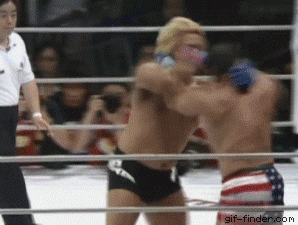
No matter how technologically advanced or politically progressive we get as a species, the urge to punch someone silly will remain a hallmark of what it means to be a human being. For reasons legitimate or illegitimate, we all periodically feel the need to lash out at someone else, to make them taste their own blood, to leave them crumpled up at our feet. It’s an insurmountable part of our nature, no different than our desire to sleep when exhausted or eat an absurd amount of food when famished. And no matter how well we think we have suppressed it, it will always be there, waiting for that one unexpected moment – an attempted mugging? A home invasion? A carjacking? – to illustrate its evolutionary purpose.
That part of the human experience is inextricably linked to MMA, as athletic competition, passive entertainment and visceral performance art. And it’s better we experience that primal calling through the safety of a regulated sporting event – even if vicariously experienced through our living room sofa cushions – than out on the city streets, bar room floors or big box store parking lots, where there are no referees or rewind buttons to save us from the same human nature that draws us to the sport to begin with.

